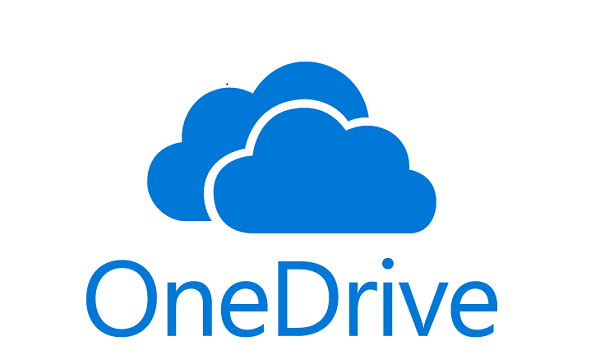
If you’re using a third party option, it’s important the service knows where to redirect the request to.

The authentication can be performed by the application itself or delegated to another party, the federated identity provider (IdP). As with any other web application, there are a number of methods for users to log in and verify their identity. Office 365 is a software-as-a-service (SaaS) offering that services millions of customers worldwide. Understanding how smart links work requires additional knowledge of Office 365 authentication flows. What are smart links and why do we need them? Today we’ll break down smart links and how they can improve the login process for Office 365 applications. Smart links are not a new feature, but information about smart links is hard to come by. Nevertheless, AD FS remains a viable, highly customizable option and offers a simple way to ensure seamless SSO for your users using smart links. With the introduction of password sync and now pass-through authentication, an argument can be made for replacing AD FS for some Office 365 customers. It gives you better control over the process, and the convenience of seamless single sign-on (SSO) for your users. Just a few years ago identity federation such as AD FS was the de facto standard for managing authentication in Office 365 for every large organization.


 0 kommentar(er)
0 kommentar(er)
